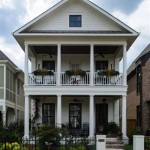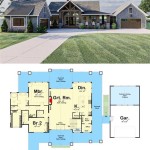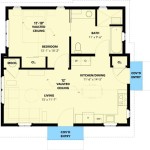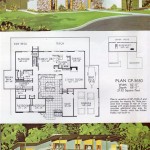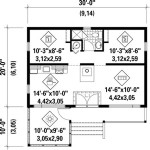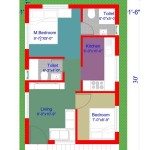Passive Solar Design House Plans: A Sustainable Approach to Home Building
Passive solar design is an energy-efficient architectural approach that harnesses the sun's natural energy to heat and cool a home, reducing reliance on artificial heating and cooling systems. House plans incorporating passive solar design principles result in comfortable, sustainable, and cost-effective dwellings that minimize environmental impact.
Key Principles of Passive Solar Design
Passive solar design utilizes several key principles to maximize solar energy utilization:
- Orientation: The house is positioned on the site to receive maximum sunlight, typically facing south in the Northern Hemisphere and north in the Southern Hemisphere.
- Glazing: Large windows and other glazed surfaces facing south or north allow sunlight to enter the home during the winter months.
- Thermal Mass: Building materials with high thermal mass, such as concrete, brick, or stone, absorb and store solar heat during the day and release it at night.
- Insulation: Proper insulation minimizes heat loss through the building envelope, ensuring that the heat gained from the sun is retained within the home.
Benefits of Passive Solar House Plans
Passive solar design offers numerous benefits for homeowners and the environment:
- Energy Savings: Reduced reliance on conventional heating and cooling systems significantly lowers energy costs.
- Comfort: The even distribution of heat provides a consistent and comfortable indoor environment.
- Environmental Sustainability: Minimized energy consumption reduces carbon emissions and environmental impact.
- Enhanced Indoor Air Quality: Passive solar design promotes natural ventilation, improving indoor air quality by reducing moisture and allergens.
- Increased Home Value: Homes with passive solar features are often considered more sustainable and desirable, potentially increasing their value.
Considerations for Passive Solar House Plans
When selecting passive solar house plans, certain factors should be taken into account:
- Climate: The effectiveness of passive solar design is influenced by the local climate, particularly the amount of sunlight received.
- Site Orientation: The orientation of the site and surrounding buildings can affect the amount of sunlight available for harvesting.
- Building Materials: The choice of materials for the building envelope, such as windows, insulation, and thermal mass, will impact the performance of the passive solar system.
- Lifestyle: The living habits and preferences of the occupants should be considered to ensure the design meets their needs.
Conclusion
Passive solar design house plans offer a sustainable and cost-effective approach to home building. By harnessing the sun's natural energy, these designs create comfortable, energy-efficient, and environmentally friendly dwellings. When selecting passive solar house plans, careful consideration of factors such as climate, site orientation, building materials, and lifestyle is essential. By embracing passive solar principles, homeowners can enjoy the benefits of a sustainable and cost-effective home that promotes comfort, reduces energy consumption, and minimizes environmental impact.

Passive Solar Home In Stoneville Western Coveney Browne Architects

Passive Solar House Plan 2 Bedrms Baths 1418 Sq Ft 146 2710

Passive Solar Home Plan At Alternative Heating Com House Design Homes Plans

Passive Solar House Plans Version 3 Byexample Com

Great Floor Plan For Solar Passive Home In Google Search House Plans Narrow

Passive Solar House Design Ecoliv
What Does A Passive House Cost To Build Leanhaus

Passive Solar House Design

Ranch House Plans For A Passive Solar 1 Bedroom Home

Passive Heating Yourhome

